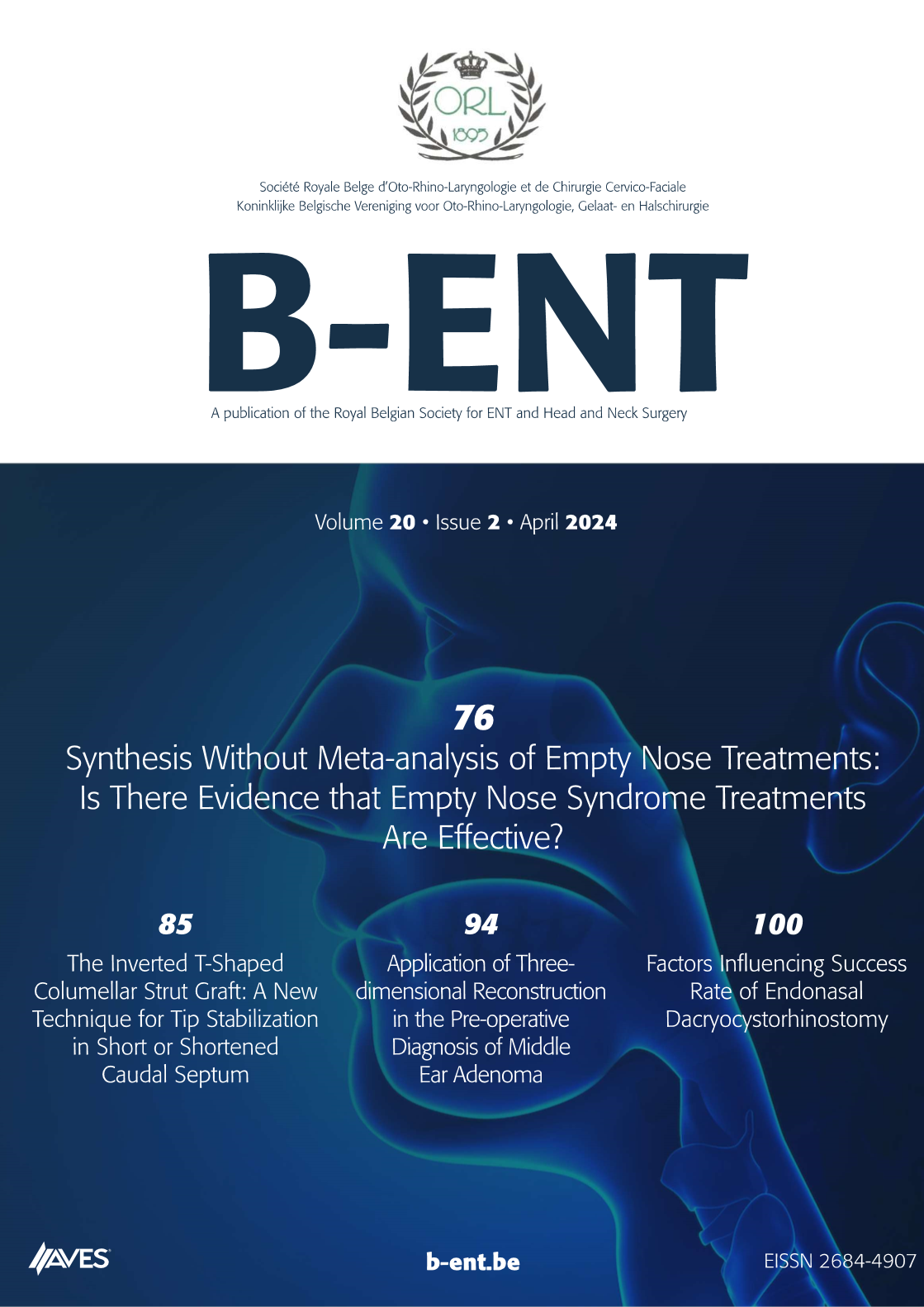Tracheal damage. Blunt/penetrating trauma and inhalation injuries to the trachea can result in acute airway compromise, with life-threatening implications. Early assessment, identification, and prompt and appropriate management are of paramount importance in order to reduce patient morbidity and mortality. Signs and symptoms of these injuries are specific and sometimes subtle, and their seriousness may be obscured by other injuries. Diagnosis can therefore be challenging, requiring a high index of suspicion. Indeed, diagnosis and treatment are often delayed, resulting in attempted surgical repair months or even years after injury. Laryngoscopy, flexible and/or rigid bronchoscopy and computed tomography of the chest are the procedures of choice for a definitive diagnosis. Airway control and appropriate ventilation represent the key aspects of emergency management. Definitive treatment depends on the site and the extent of injury. Surgery, involving primary repair with direct suture or resection and end-to-end anastomosis, is the treatment of choice for patients suffering from tracheal injuries. A conservative approach must be considered for the paediatric population and selected patients with mainly iatrogenic damage. We present a review of the incidence, mechanisms of injury, clinical presentations, diagnosis, initial airway management, anaesthetic considerations and definitive treatment in the case of tracheal damage from blunt/penetrating trauma and inhalation injuries.



.png)
